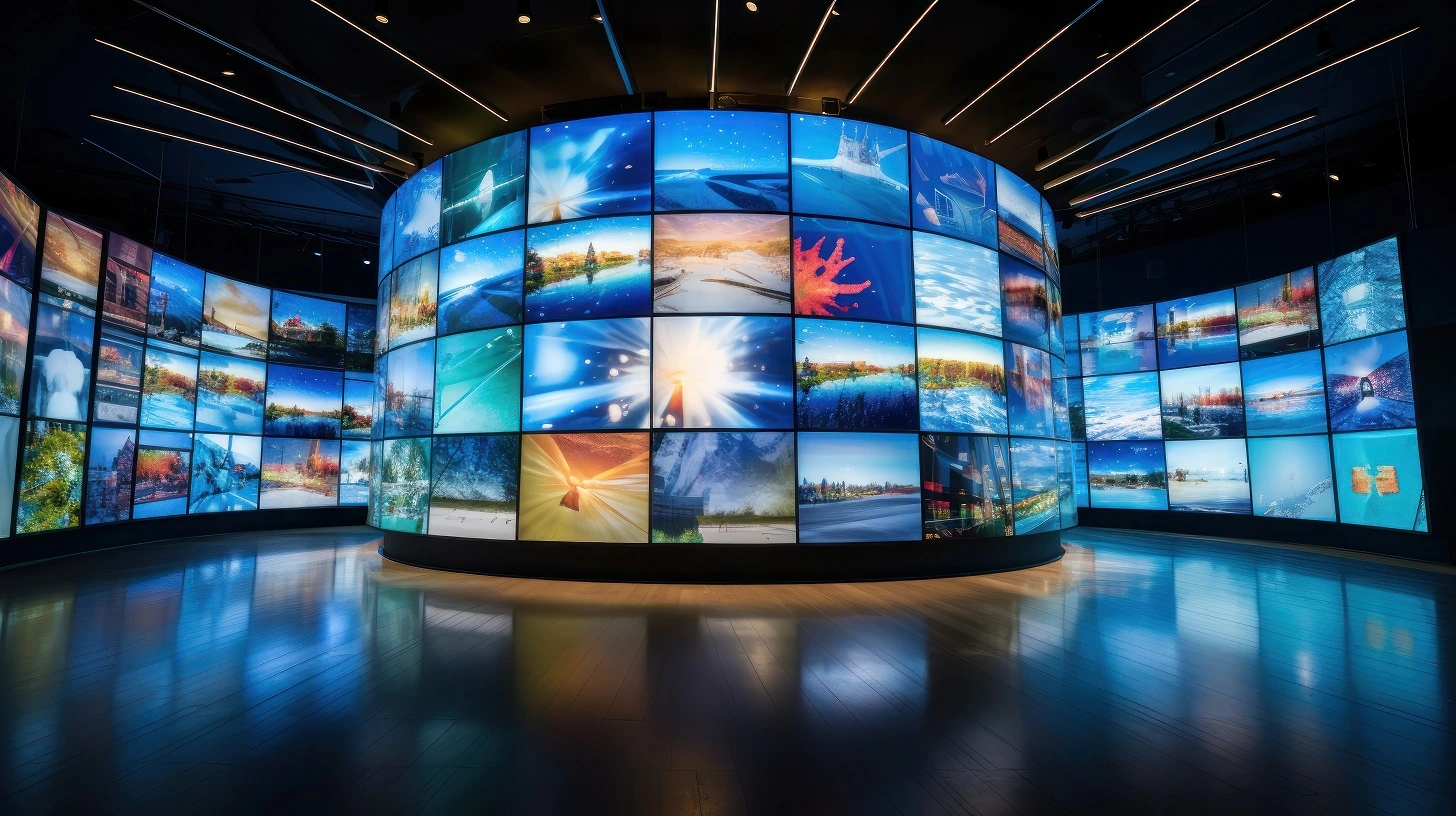Exploring the Longevity of Light Emitting Diode Wall Screens in Contrast to Traditional Display Methods
Exploring the Longevity of Light Emitting Diode Wall Screens in Contrast to Traditional Display Methods
Blog Article
LED panel panels have become increasingly popular in recent times, particularly in settings like schools, corporate spaces, and public spaces. These panels use LED diodes (LEDs) to create bright and lively visuals. One of the most notable benefits of LED technology is its durability compared to traditional display technologies, such as CRT tube tubes (CRTs) and liquid crystal displays. Grasping the distinctions in duration and functionality between these technologies can help buyers make knowledgeable choices about their screen requirements.
Classic screen technologies, like CRTs, have been present for numerous years. They were frequently used in televisions and PC screens. However, CRTs have a shorter duration, generally lasting around 10,000 to 20,000 hrs of operation. This means that after a few of years, consumers may notice a deterioration in image quality, such as fading or hue distortion. In comparison, LED panel panels can last significantly longer, frequently exceeding 50,000 hours. This extended duration means that users can experience consistent performance without the requirement for frequent substitutions.
Another crucial factor to take into account is energy conservation. LED wall screens utilize less power than conventional screens, which not only helps the environment but also lowers power costs. For example, while a CRT screen may use around 100 W of energy, an LED panel can use find more info as few as 30 to 50 W. This discrepancy in energy consumption contributes to the total durability of LED technology, as lower energy consumption generates less heat. Excess thermal energy can damage electronic parts, resulting to a shorter lifespan for conventional screens.
In furthermore to their longer lifespan and energy efficiency, LED panel screens also offer superior image clarity. They offer brighter colors and better differentiation, making them perfect for various uses, from marketing to educational presentations. The innovation behind LED screens enables for a wider viewing perspective, meaning that visuals stay clear and vibrant even when seen from the side. This is a major benefit over conventional displays, which often experience from hue deformation and reduced brightness at broader perspectives.
In summary, the durability of LED wall screens in contrast to traditional display technologies is a key aspect for buyers to consider. With lifespans that can exceed 50,000 hrs, power conservation, and enhanced image clarity, LED innovation provides many benefits. As technology continues to advance, LED wall screens are probably to turn even more common in various settings. Understanding these distinctions can assist people and entities make improved choices when investing in display technology, ensuring they get the optimal worth for their requirements.